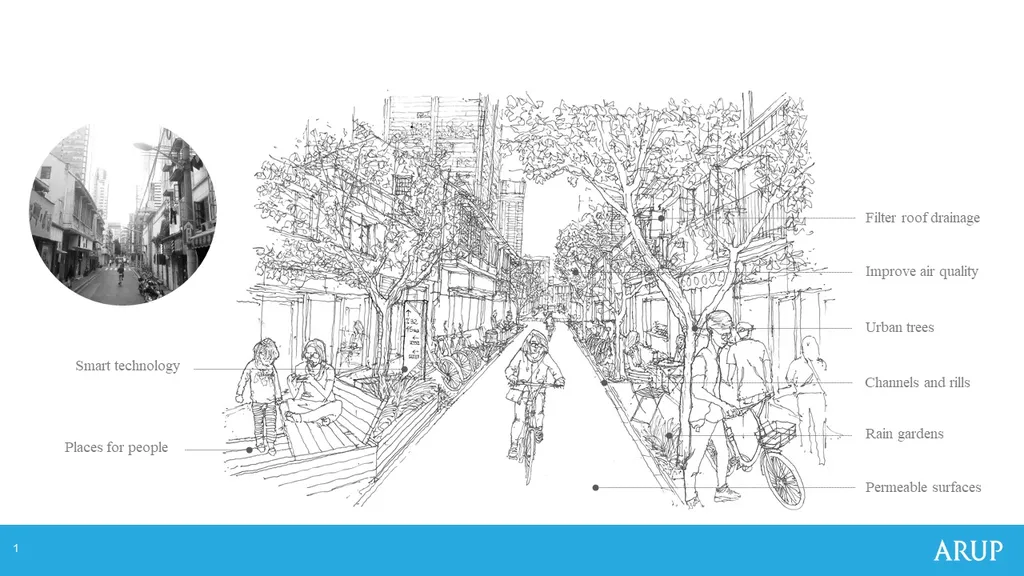In the ever-evolving world of construction and infrastructure, a groundbreaking study led by Xiujun Li from the School of Environment and Architecture at the University of Shanghai for Science and Technology is set to revolutionize the way we design and evaluate drainage asphalt pavements. Published in the esteemed journal *Materials Research Express*, which translates to *Materials Research Express* in English, this research offers a novel approach to enhancing the reliability and efficiency of pavement structures, with significant implications for the energy sector.
At the heart of this study is an innovative cross-sectional flow testing apparatus, autonomously developed by Li and his team. This apparatus mimics real-world rainfall conditions to measure the drainage capacity of pavements, using an intra-structural cross-section flow as a pioneering evaluation index. “This index allows us to better understand how water moves through the pavement structure, which is crucial for designing more effective drainage systems,” Li explains.
The research establishes regression models that correlate the intra-structural cross-section flow with key factors such as drainage layer thickness, road surface slope, and void ratio. These models provide a more accurate and reliable means of predicting pavement performance under various conditions. Li’s team also recommends maintaining a void ratio of not less than 22% to ensure optimal performance, based on the actual conditions at the project site.
One of the most compelling findings is the strong correlation between the intra-structural cross-sectional flow and the permeability coefficient. This suggests that the new index could potentially replace the permeability coefficient as a measure of pavement drainage capacity. “This could simplify the evaluation process and provide a more comprehensive understanding of how water interacts with the pavement structure,” Li notes.
The study also highlights the superior performance of composite high-viscosity modified asphalt mixtures. These mixtures exhibit excellent high-temperature performance, water stability, and permeability, making them an ideal choice for modern pavement construction. The research underscores the importance of considering both the structural design and the material properties to achieve optimal results.
The implications of this research for the energy sector are significant. Efficient drainage systems are crucial for maintaining the integrity and longevity of infrastructure, particularly in areas prone to heavy rainfall or flooding. By improving the design and evaluation of drainage asphalt pavements, this study paves the way for more resilient and sustainable infrastructure development.
As we look to the future, the findings of this research could shape the development of new materials and technologies aimed at enhancing the performance of pavement structures. By providing a more accurate and reliable means of evaluating drainage capacity, this study offers valuable insights for engineers, researchers, and policymakers alike.
In the words of Xiujun Li, “This research represents a significant step forward in our understanding of pavement drainage systems. By leveraging innovative technologies and methodologies, we can create more efficient and sustainable infrastructure that meets the demands of a changing climate.”
As the construction industry continues to evolve, the insights gained from this study will undoubtedly play a pivotal role in shaping the future of pavement design and construction. With its focus on innovation, sustainability, and reliability, this research offers a compelling vision for the future of infrastructure development.

